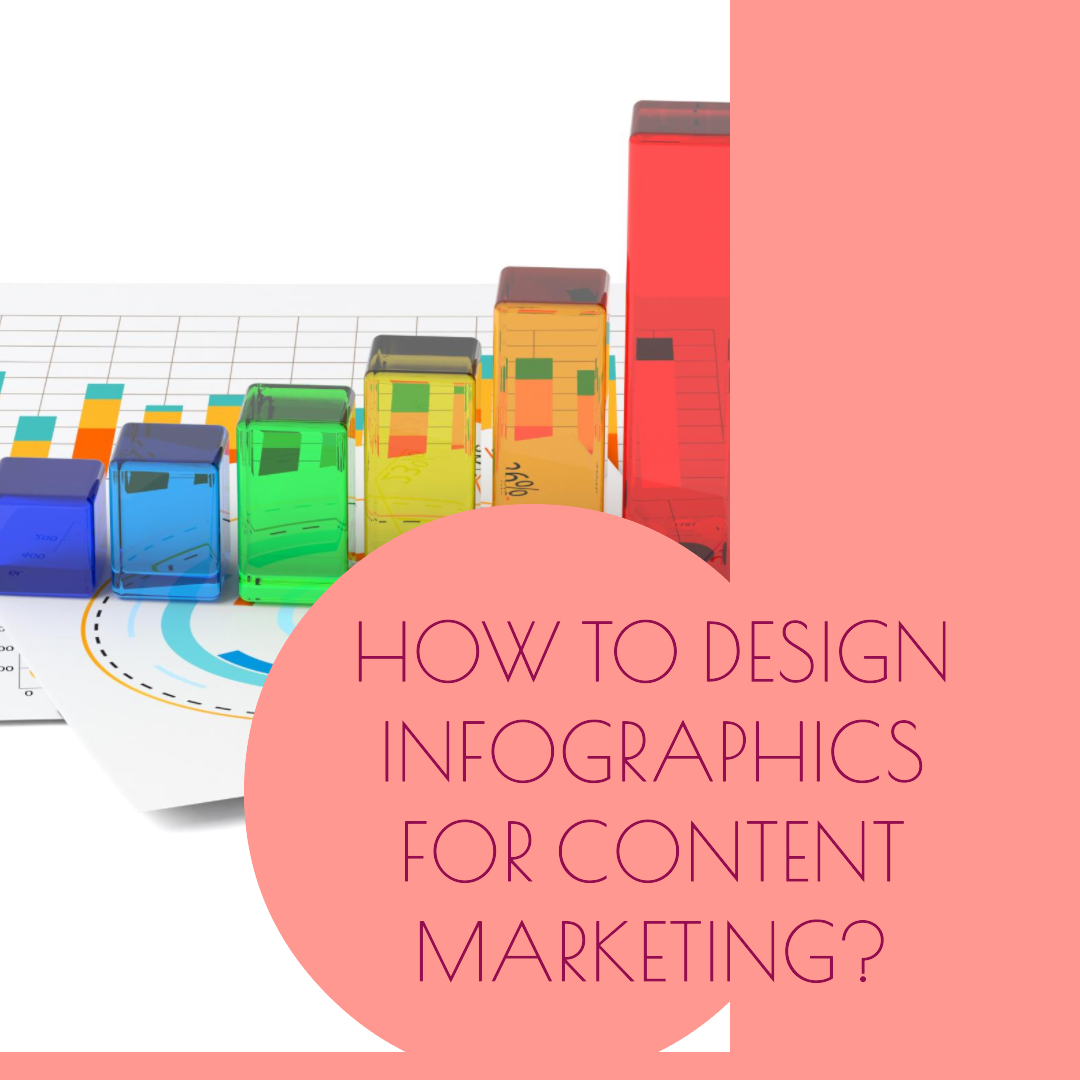How to design infographics for content marketing?
Infographics are visual representations of complex information that use a combination of text, images, and graphics to convey ideas and data in a clear and concise way. In today’s content-driven marketing landscape, infographics have become an essential tool for businesses to capture attention, educate their audience, and stand out from the crowd.
The Power of Infographics in Content Marketing
Infographics offer several benefits for content marketing:
- Increased Engagement: Infographics are visually appealing and easy to consume, making them more likely to capture attention and engage viewers compared to plain text.
- Improved Comprehension: By presenting information using visuals and graphics, infographics can make complex data easier to understand and retain, leading to better comprehension.
- Enhanced Shareability: Infographics are highly shareable, increasing the likelihood of your content reaching a wider audience and generating more social media buzz.
- Branded Storytelling: Infographics can be used to effectively convey your brand’s message and create a consistent visual identity across your marketing materials.
Creating Effective Infographics for Content Marketing
To create infographics that are both visually appealing and effective in achieving your content marketing goals, follow these guidelines:
- Define Your Purpose: Clearly identify the purpose of your infographic. What message do you want to convey? What action do you want your audience to take?
- Choose the Right Data: Select relevant and compelling data that supports your message and resonates with your target audience.
- Design for Clarity: Use clear and concise text, avoid clutter, and ensure that the layout is easy to follow.
- Use Visuals Strategically: Employ visuals, such as charts, graphs, and icons, to make data more impactful and visually engaging.
- Maintain Consistent Branding: Incorporate your brand’s colors, fonts, and logo to create a cohesive and recognizable visual identity.
Infographic Design Tools and Resources
Several tools and resources can help you create infographics for content marketing:
- Canva: A popular online design platform with a wide range of infographic templates and drag-and-drop tools.
- Visme: Another user-friendly online infographic creator with a variety of templates and customization options.
- Venngage: A comprehensive infographic design platform with advanced features and a large library of templates.
- Easel.ly: A web-based infographic tool known for its simplicity and ease of use.
- Snappa: A user-friendly infographic creator with a focus on creating visually appealing graphics.
Tips for Effectively Using Infographics in Content Marketing
- Promote Your Infographics: Share your infographics on social media, embed them in your blog posts, and include them in your email marketing campaigns.
- Optimize for Search: Use relevant keywords in the infographic’s title, description, and alt text to improve search engine visibility.
- Repurpose Your Content: Create videos or presentations based on your infographics to reach a wider audience and extend the content’s lifespan.
- Track Your Results: Use analytics tools to measure the performance of your infographics and determine which ones are most effective in achieving your goals.
Conclusion: Unleashing the Power of Infographics
Infographics have emerged as a powerful tool for content marketing, enabling businesses to engage their audience, convey complex information effectively, and amplify their brand’s message. By following the principles of infographic design, leveraging the right tools, and incorporating them effectively into your content strategy, you can harness the power of infographics to drive engagement, boost your content’s shareability, and achieve your marketing objectives.








